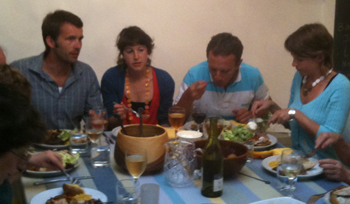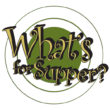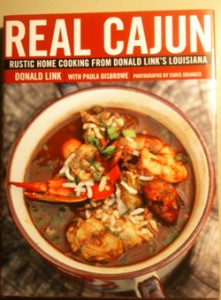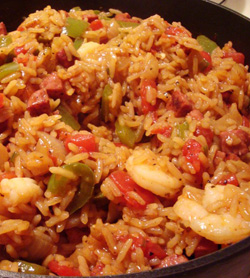Let me acknowledge at the outset that there is no question of contradiction in the notion of “family meals” made outside the family by someone not remotely connected to the family.

But I did name our new service (four days of meals ready on Monday afternoon) deliberately. Our “family meals” are intended to be the same kind of food someone with time, inclination, basic skill and experience would provide at the evening table if the conditions of his or her life would permit it.
For many families, that’s not possible now. If both adults work, there’s no time. If you grew up with fast food everywhere, instant food available out of the freezer at the market, you just may not be familiar with how things as simple as roast chicken are put together. And, it is very possible that, never having watched it happen or be around to taste the results, you may not know how to cook.
Family meals when I was growing up were the work of my mother. They were made from basic ingredients. A cake, for example, she made using flour, baking powder, sugar, salt, eggs, milk and vanilla extract instead of a cake mix. Fried chicken from a whole chicken, cut up, floured, seasoned and fried in bacon grease. Not that she had any problem with using prepared food – it just wasn’t quite so prevalent as it is now.
With that base, I began my life as a cook by trying to make things instead of buy them. Making a tomato sauce with tomatoes, instead of just opening a jar. Throwing away the bag of powder from the little mac & cheese blue box and making a sauce with butter, flour and real cheese. When I did cook something out of a can or from the frozen meal section of the supermarket, I would adjust (increase) the seasoning so that it tasted a bit better. You get the idea.
Now, we’re providing this kind of simple food, made by chopping, blending, roasting and other simple-if-time-consuming techniques for people who, we hope, will sit down together around a table and enjoy a family meal.



